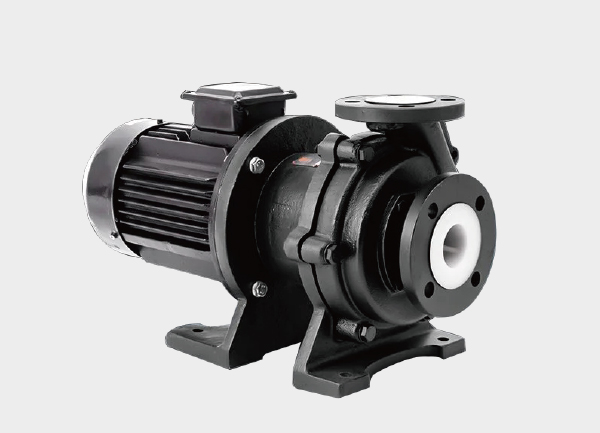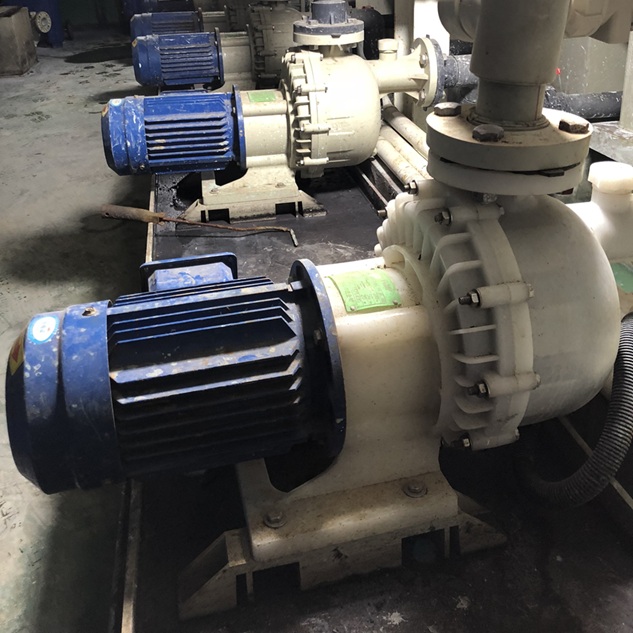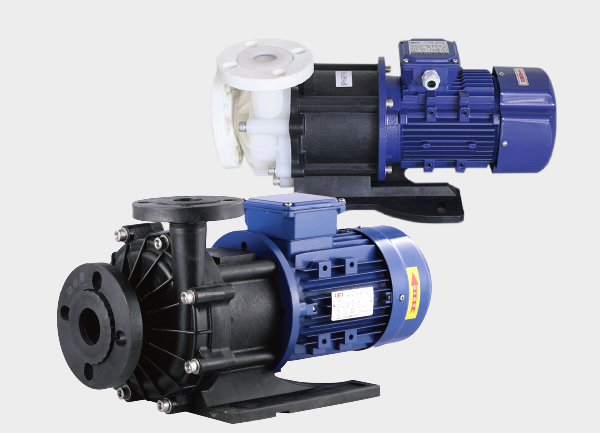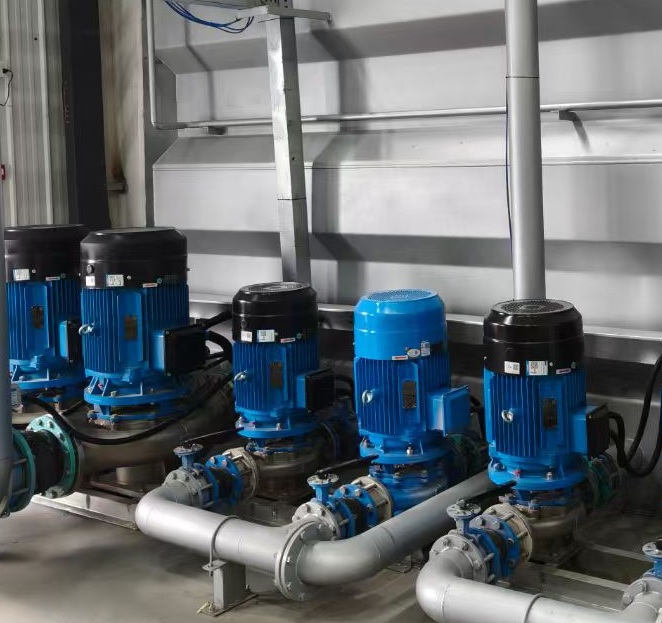A dosing pump (also known as a metering pump) is a precision device designed to deliver accurate volumes of liquid, widely used in chemical processing, water treatment, pharmaceuticals, and other industries.
Its common issues are mainly related to flow accuracy, pressure stability, sealing performance, and mechanical reliability.
Below is a detailed classification following the logic of “problem – possible cause – troubleshooting”, helping users diagnose and solve problems efficiently.
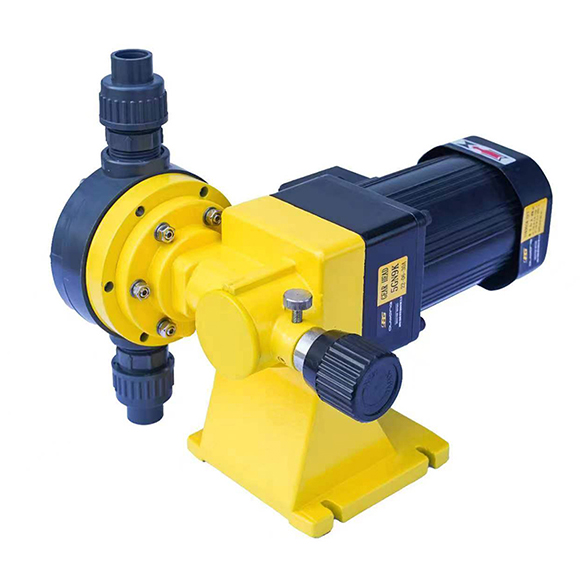
1. Core Issue: Inaccurate Flow Rate (Most Common, Directly Affects Dosing Accuracy)
Flow deviation is the most frequent fault in metering pumps. It appears as either “actual flow > set flow” or “actual flow < set flow”. The main causes can be traced to stroke adjustment, suction system, fluid properties, or wear and tear of key components.
| Problem Type | Possible Causes | Recommended Solutions |
|---|---|---|
| Flow too low | 1. Stroke adjustment incorrect (set value not matching actual stroke, or actuator stuck) 2. Suction line blockage or air leakage (clogged strainer, loose fittings) 3. Check valve failure (ball worn or stuck, seat leakage causing backflow) 4. Fluid viscosity/temperature beyond design (too viscous causing suction resistance, or too hot damaging seals) | 1. Recalibrate stroke (adjust knob or VFD frequency as per manual) and clean actuator mechanism 2. Clean suction strainer, tighten pipe joints, replace aged O-rings 3. Disassemble check valves, clean or replace worn balls/seats 4. Use a dosing pump designed for high viscosity or temperature; preheat or cool medium as needed |
| Flow too high | 1. Stroke set too high or VFD frequency excessive 2. Check valve seal failure (backflow restricted) 3. Air in pump head (air-liquid mix eliminates resistance, causing sudden flow spike) | 1. Reduce stroke or frequency and recalibrate flow 2. Replace check valve seals or valve balls 3. Open vent valve to release trapped air and ensure suction side is filled with liquid |
2. Abnormal Pressure: Too High or Too Low (Affects Stability and May Cause Overload)
The rated discharge pressure is a critical design parameter. Abnormal pressure can cause flow fluctuations, motor overload, or mechanical damage.
1) Discharge Pressure Too High (Exceeds Rated Pressure, Triggers Overload Protection)
Possible Causes:
Blocked discharge line (valve closed, scaling, or clogged filter)
Incorrect backpressure valve setting (too high or jammed)
Foreign objects in pump head (crystals, debris blocking plunger/diaphragm)
Solutions:
Inspect and clear discharge piping, ensure all valves are open
Adjust backpressure valve within rated range (refer to pump nameplate), clean or replace if jammed
Stop the pump, disassemble pump head, and remove debris
2) Discharge Pressure Too Low (Fails to Reach Set Pressure)
Possible Causes:
Inadequate suction pressure (low tank level or insufficient vacuum)
Seal leakage (damaged diaphragm or plunger seals)
Check valve leakage (backflow from discharge to suction)
Solutions:
Raise tank liquid level or fix suction leaks
Replace worn seals or diaphragm (especially for diaphragm pumps)
Repair or replace check valve components
3. Leakage Problems: External or Internal Leakage (Affects Accuracy and Causes Pollution)
Leaks are classified as external (visible fluid leakage) or internal (fluid returning inside the pump). External leaks are easier to detect and often occur at sealing points.
| Leakage Location | Possible Causes | Recommended Solutions |
|---|---|---|
| Pump head seal leakage | 1. Seal wear or aging (O-rings, gaskets) 2. Uneven bolt tightening | 1. Replace seals with proper materials (acid- or oil-resistant) 2. Tighten bolts diagonally and evenly |
| Pipe connection leakage | 1. Loose joints (vibration or improper installation) 2. Damaged gasket (aging, deformation, incompatible material) | 1. Retighten joints, use PTFE tape for thread sealing 2. Replace gasket compatible with fluid (e.g., PTFE for corrosive media) |
| Diaphragm rupture leakage | 1. Diaphragm fatigue or corrosion 2. Overpressure exceeding diaphragm limit | 1. Replace diaphragm regularly based on service conditions 2. Check and maintain safety valves or pressure relief devices |
4. Mechanical Faults: Noise, Vibration, or Motor Failure
These issues are usually related to the motor, transmission mechanism, or mechanical jamming. Ignoring them can lead to severe damage.
1) Abnormal Noise or Excessive Vibration
Possible Causes:
Loose components (motor or pump bolts)
Bearing wear (lack of lubrication, aging)
Eccentric cam wear (unstable stroke motion)
Cavitation (air intake at suction side causing bubbles to collapse)
Solutions:
Tighten all bolts and mounting screws
Clean and lubricate bearings with suitable grease; replace if worn
Replace worn eccentric cams for smooth motion
Vent air from pump and ensure airtight suction system
2) Motor Fails to Start or Trips Immediately
Possible Causes:
Power supply fault (disconnection, voltage imbalance, loose wiring)
Motor overload (pressure too high triggering protection)
Mechanical jamming (foreign matter in pump head or actuator seized)
Motor failure (burned coil, damaged capacitor)
Solutions:
Check wiring and voltage; ensure no phase loss for 3-phase motors
Reduce discharge pressure and reset overload protection
Disassemble pump head to remove obstructions and free jammed parts
Test motor winding resistance; repair or replace if damaged
5. Preventive Maintenance Tips (Key to Reducing Failures)
Most dosing pump problems result from insufficient maintenance. Following these preventive measures will greatly enhance reliability:
Inspect seals regularly: Check pump head and gasket seals monthly; replace when aged or swollen, especially for corrosive fluids.
Clean check valves: Every quarter, clean valve balls and seats to prevent scaling or blockage.
Lubricate moving parts: Apply grease to motor bearings and stroke mechanisms every six months (use recommended type).
Verify fluid compatibility: Ensure fluid viscosity, temperature, and chemical properties match pump materials (head, diaphragm, seals).
Avoid dry running: Always prime the suction line with liquid before startup to prevent diaphragm or plunger damage.
✅ Conclusion:
By systematically inspecting according to the categories above, over 90% of common dosing pump problems can be identified and resolved.
For persistent or complex issues (e.g., burned motor windings, mechanical part failure), it’s recommended to contact the manufacturer’s technical service to avoid secondary damage caused by improper disassembly.



